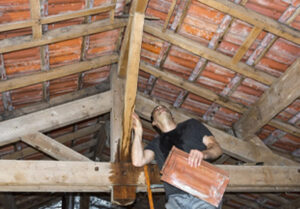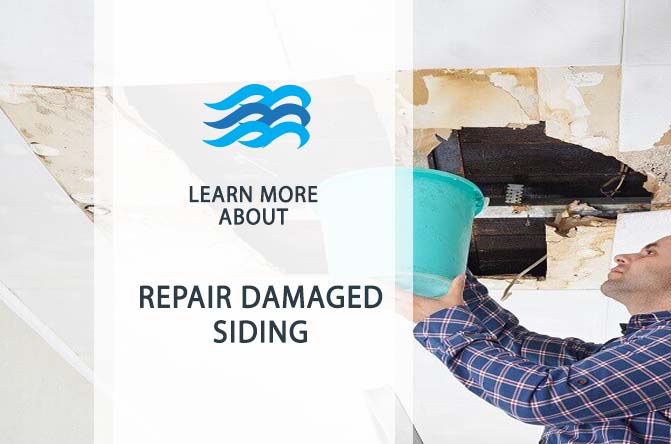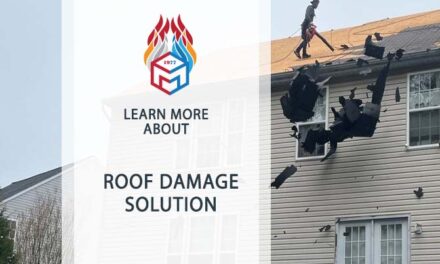
Water Damage In Attic
Water damage in attic can be a nightmare for property owners. Whether it’s because of a leaking roof, burst pipes, or other causes, the consequences can be severe. Understanding the extent of the damage and the necessary steps for restoration is crucial for swift solutions.
Identifying the Signs of Water Damage
Water damage in attic isn’t always immediately apparent, but there are several signs to watch out for. Stains on the ceiling or walls, musty odors, and visible mold growth are clear indicators. Additionally, peeling paint or wallpaper and sagging ceilings can also point to water intrusion.
Assessing the Damage
Once you’ve identified signs of water damage, it’s essential to assess the extent of the problem. Check for structural damage, such as weakened beams or joists, as well as damage to insulation and electrical systems. Documenting the damage with photographs can be helpful for insurance claims.
Key Steps for Restoration
Swift action is crucial when dealing with water damage in attic. Here are some key steps for effective restoration:
Addressing the Source of the Water
Start by stopping the source of the water intrusion. This may involve repairing a leaky roof, fixing burst pipes, or addressing other issues causing water entry.
2.
Removing Standing Water
You should remove standing water promptly to prevent further damage and mold growth.
3.
Drying Out the Area
Thoroughly dry out the attic using fans, air quality, and proper ventilation. This step is crucial for preventing mold growth and further structural damage.
4.
Cleaning and Sanitizing
Once the area is dry, clean and sanitize all surfaces affected by water damage. This helps remove any lingering mold spores or bacteria and ensures a safe environment.
5.
Repairing and Replacing Damaged Materials
Finally, repair or replace any damaged materials in the attic, such as insulation, drywall, or flooring. Addressing structural issues is essential to prevent future problems.
Preventing Future Water Damage
While swift restoration is crucial after water damage occurs, preventing future incidents is equally important. Here are some steps property owners can take to minimize the risk of water damage in their attics:
Regular Inspections
Schedule regular inspections of your roof and attic to check for any signs of damage or decline. Look for missing shingles, cracked flashing, or other issues that could lead to water intrusion.
Maintaining Gutters and Downspouts
Keep gutters and downspouts clear of debris to ensure proper drainage away from your home. Clogged gutters can cause water to overflow and seep into the attic, leading to water damage.
Sealing Potential Entry Points
Seal any potential entry points for water, such as gaps around chimneys, vents, or pipes. Properly flashing these areas can help prevent leaks and water intrusion.
Insulating and Ventilating
Ensure your attic is properly insulated and ventilated to prevent condensation and moisture buildup. Proper airflow can keep the attic dry and reduce the risk of water damage.
Emergency Preparedness
Have an emergency plan in place in case of water damage or other disasters. Learn how to turn off your home’s water supply and keep contact info for water damage experts on hand.
Conclusion
Water damage in attic can create significant issues for homeowners. Quick action and proper repairs can help minimize damage and prevent further problems.
Property owners should learn the signs of water damage to avoid costly repairs and health risks. They should act quickly if they notice any signs of water damage. Taking steps to prevent future issues is also important.
If your attic has water damage, contact Del Mar Builders at 800.298.0900 for help. They are experts in restoring homes quickly and effectively.






